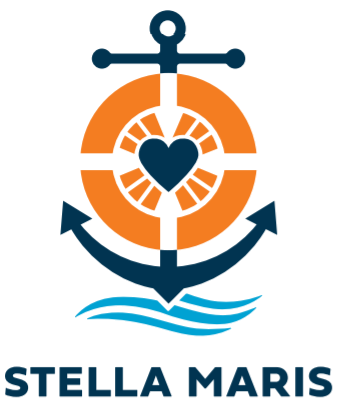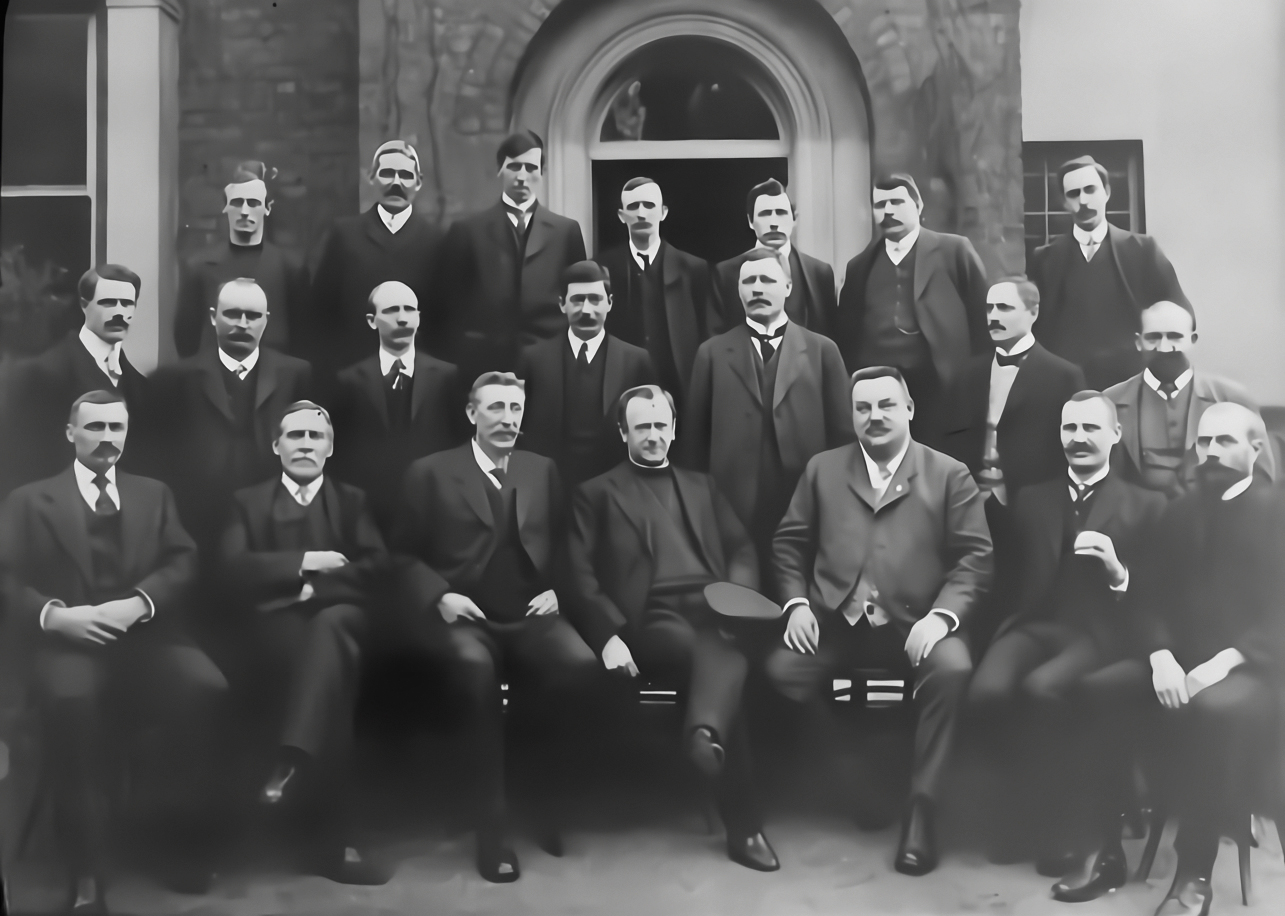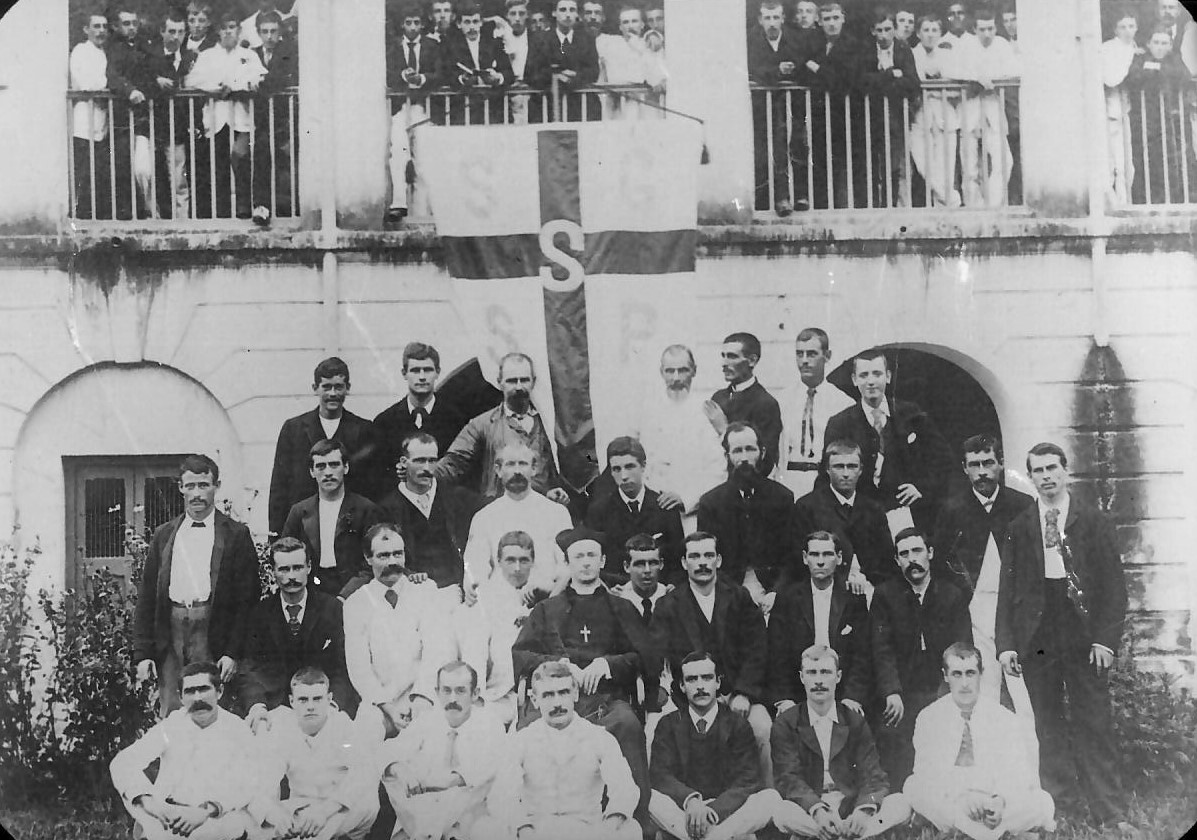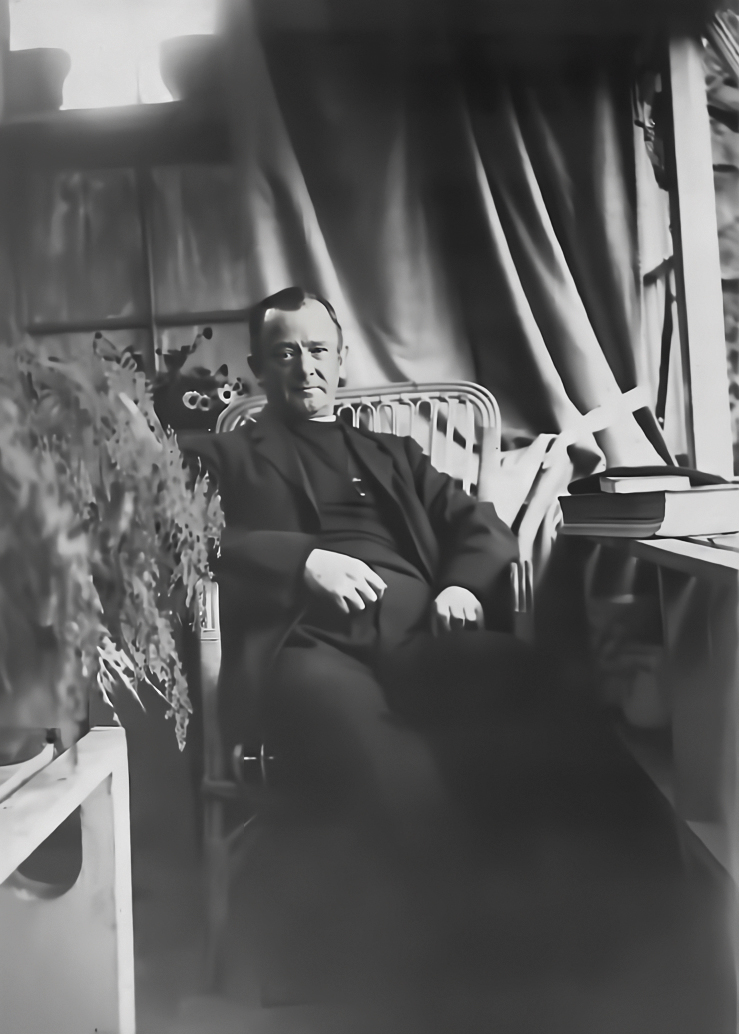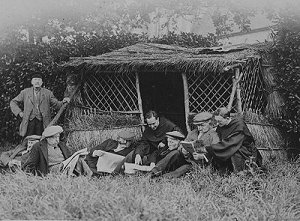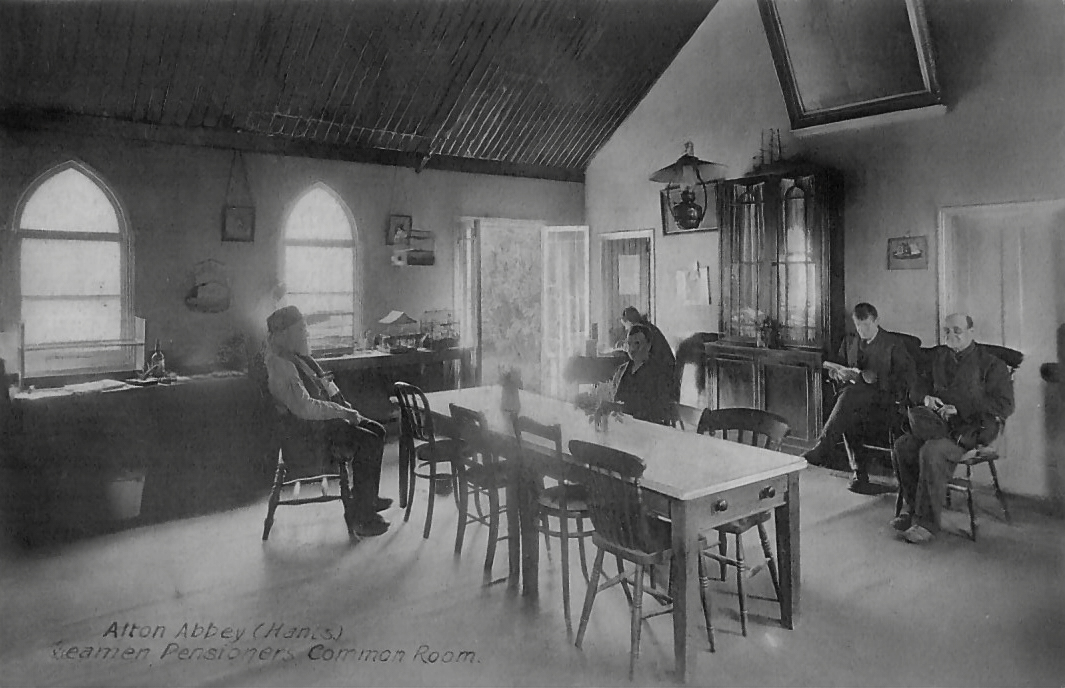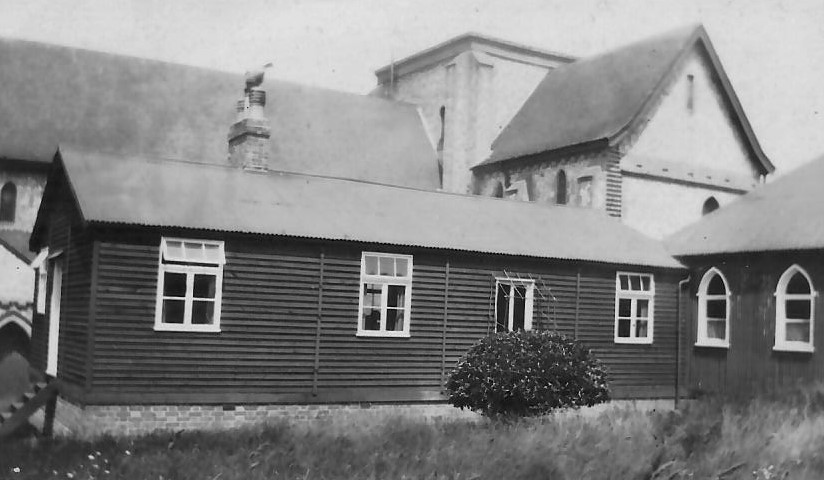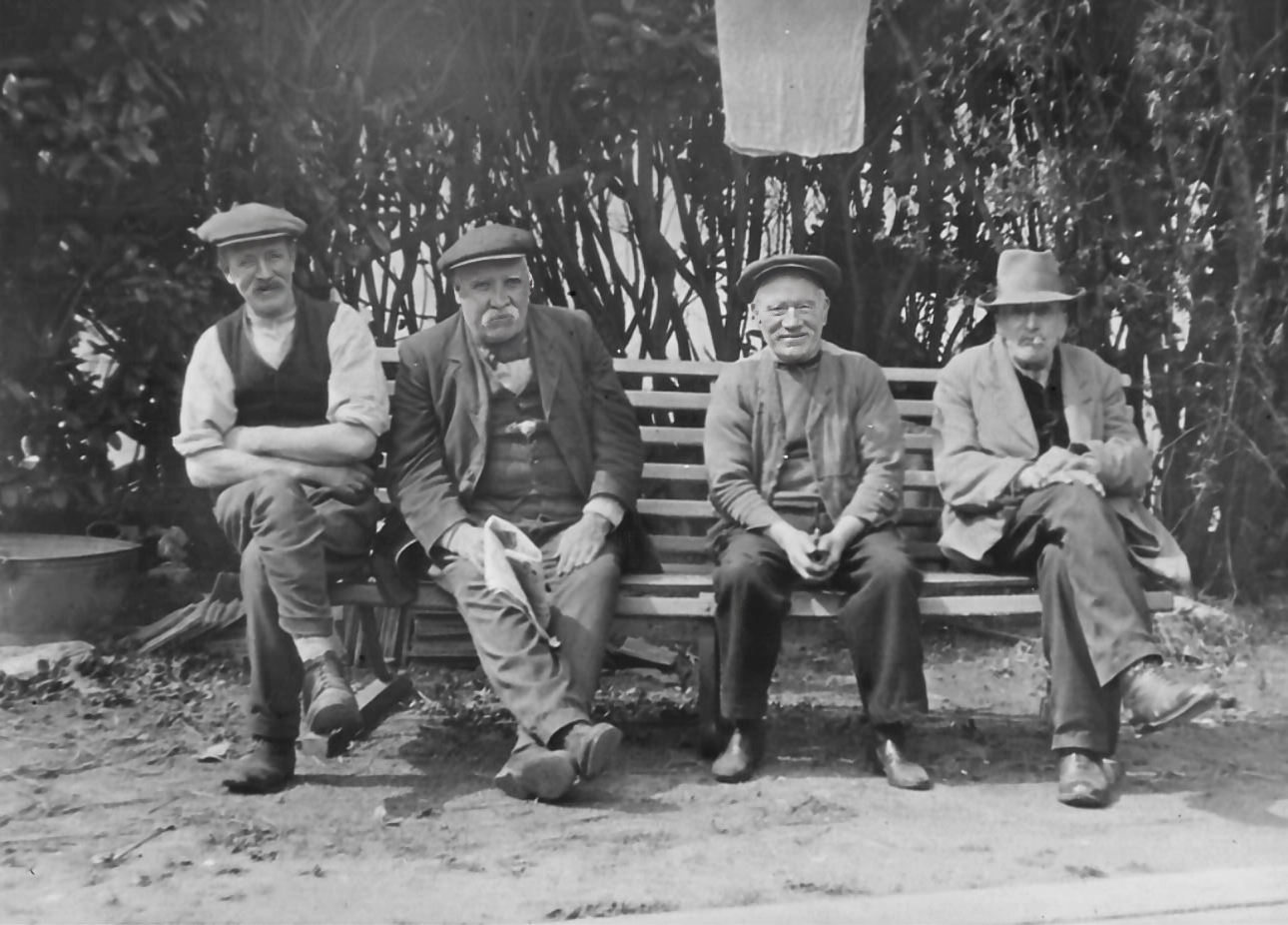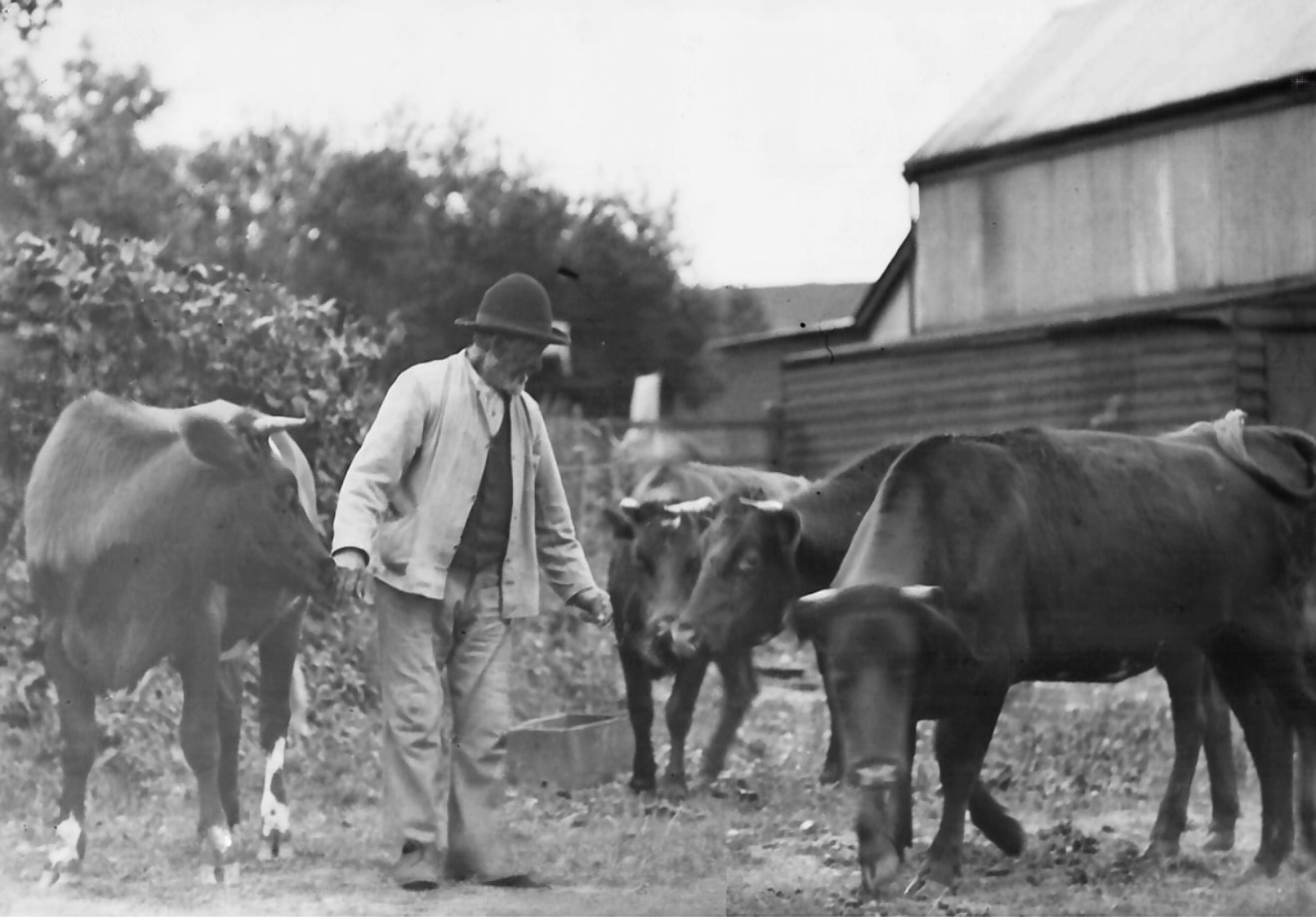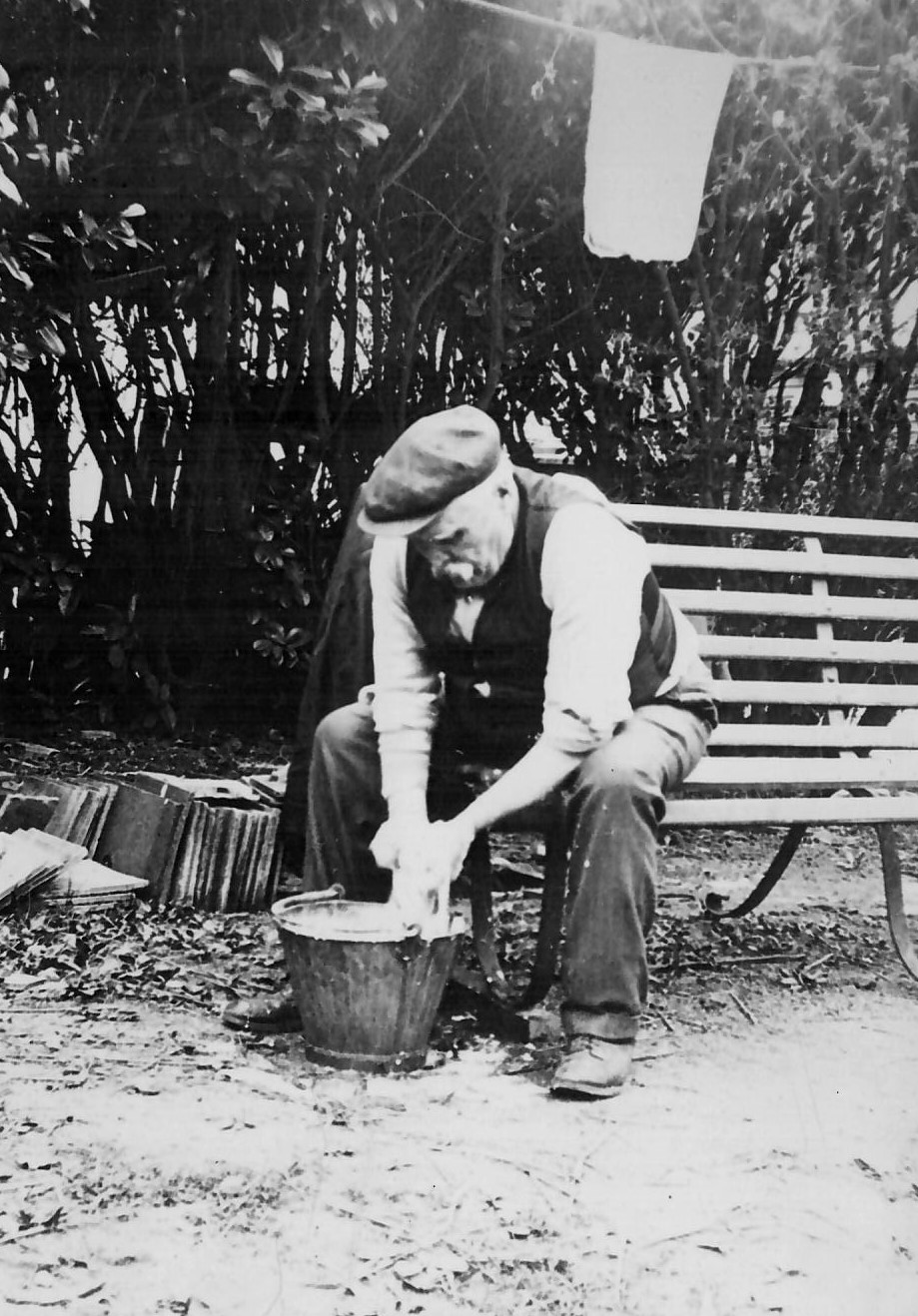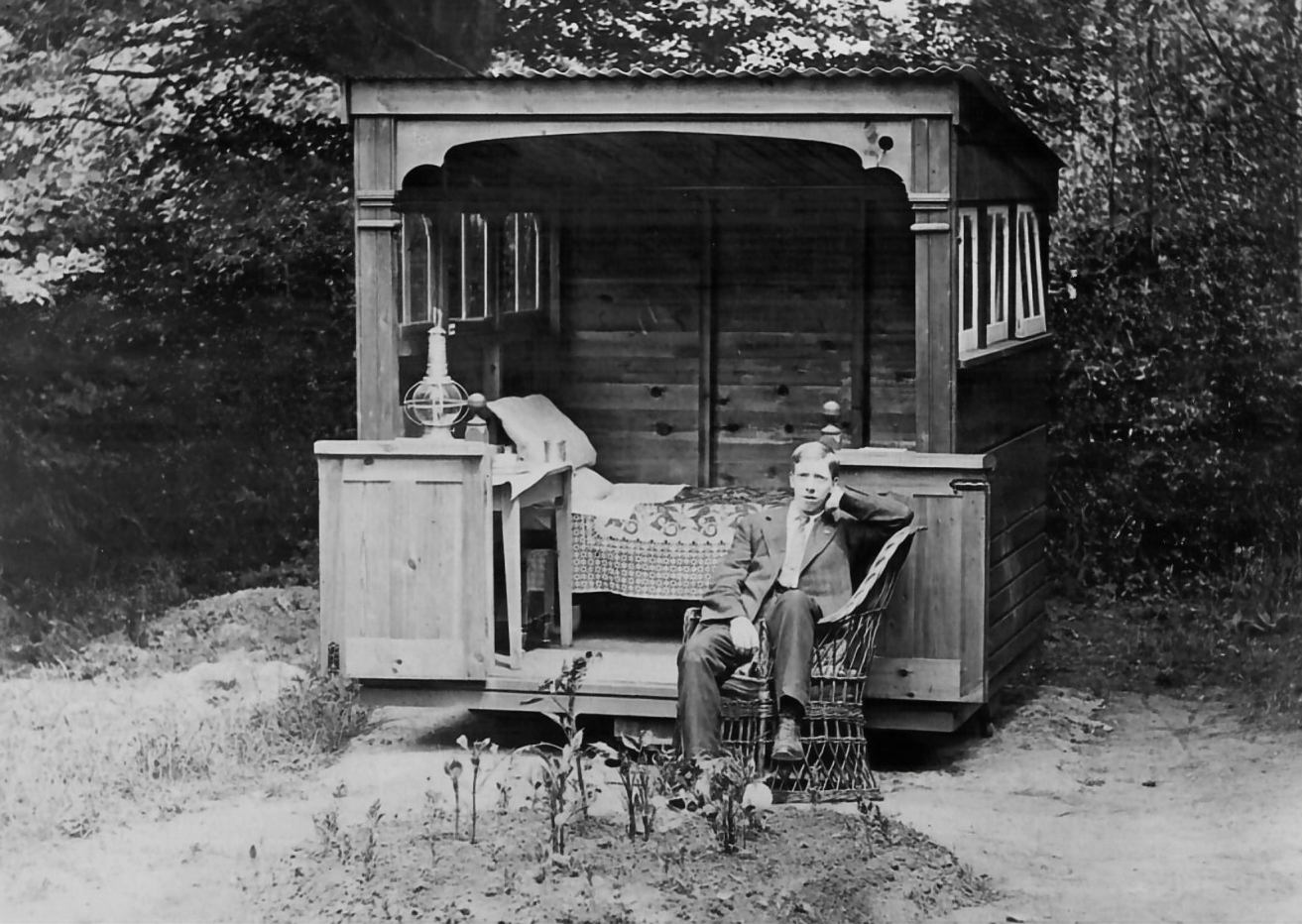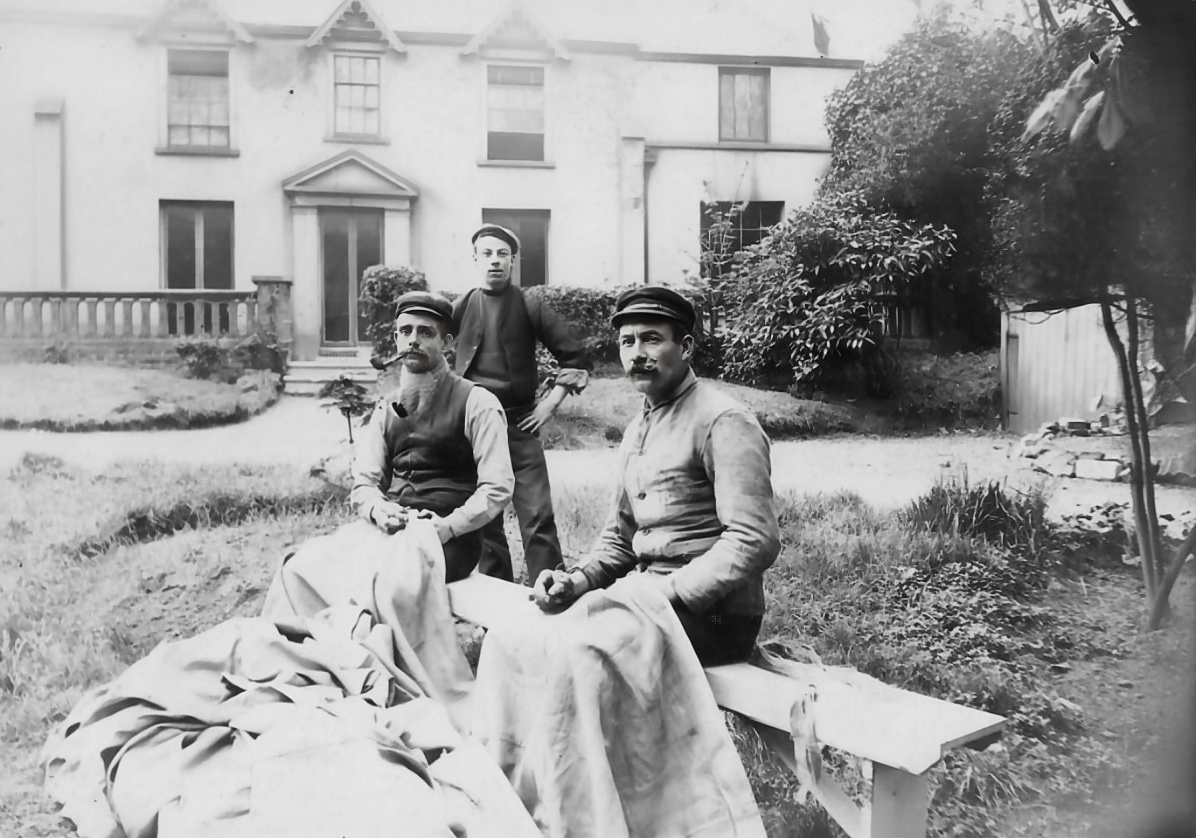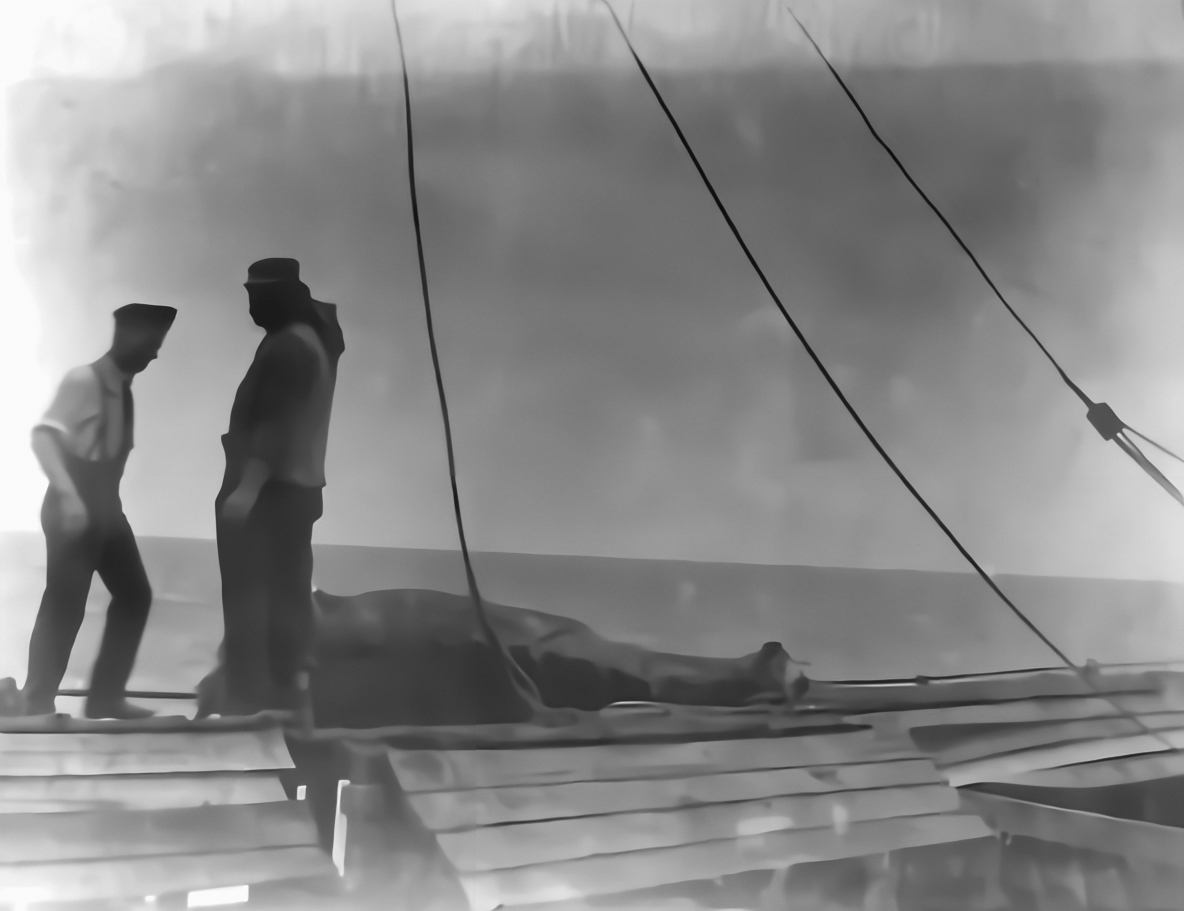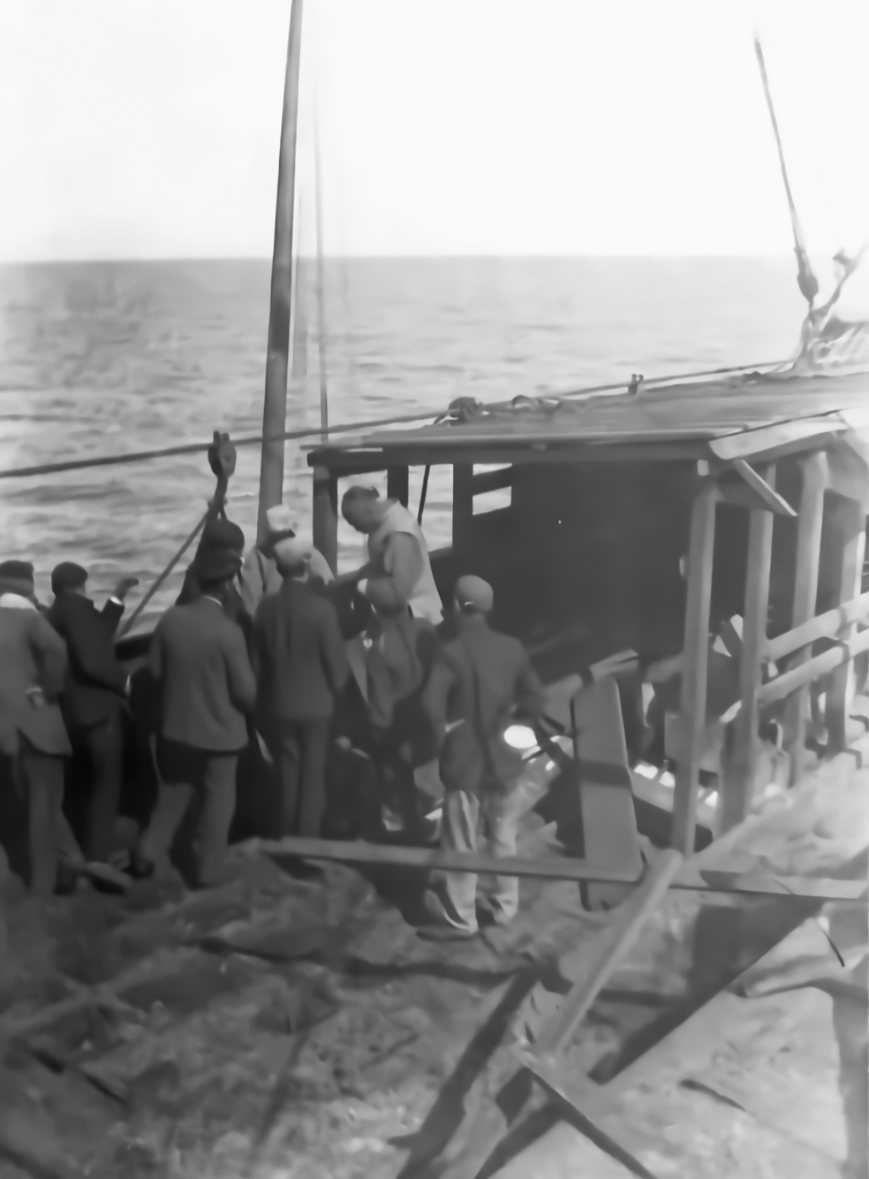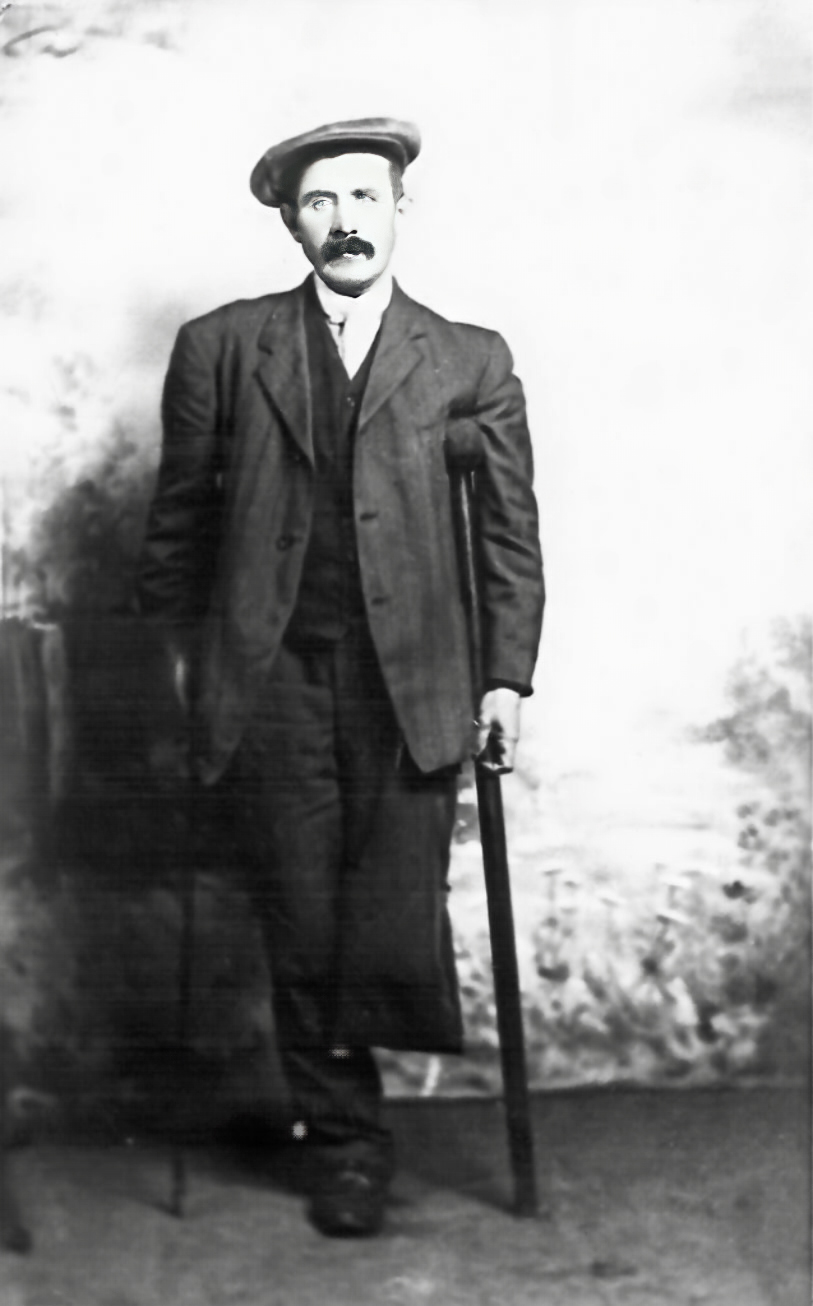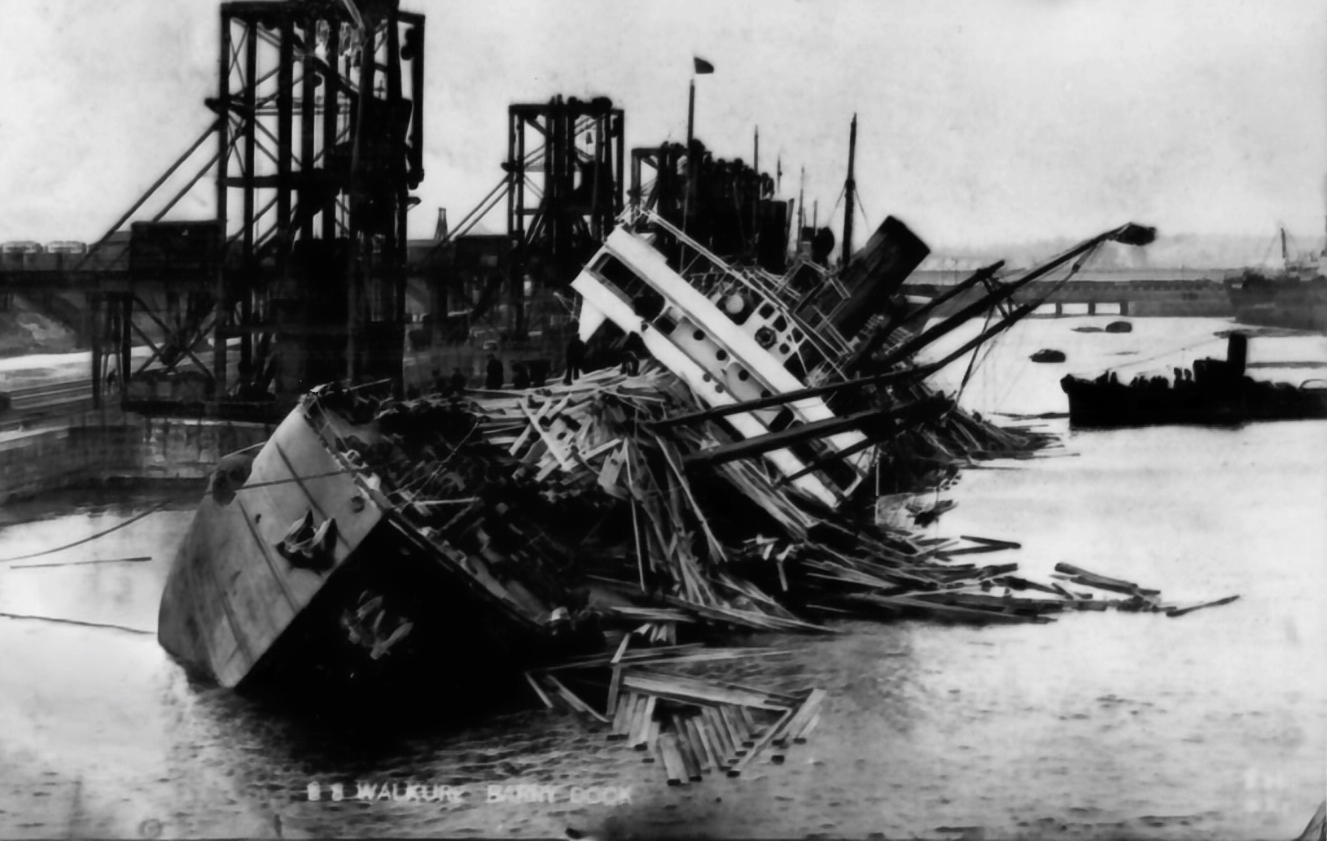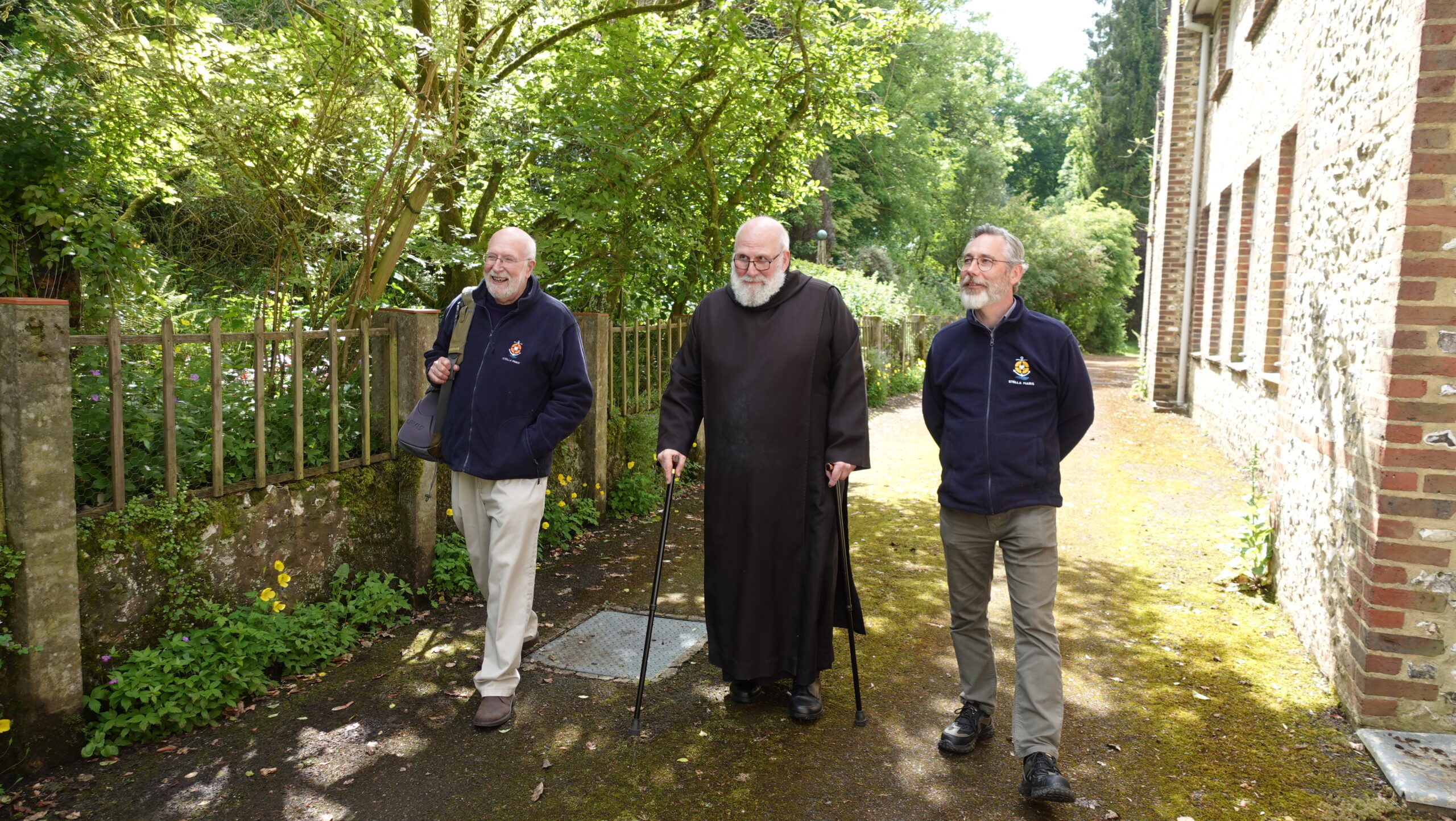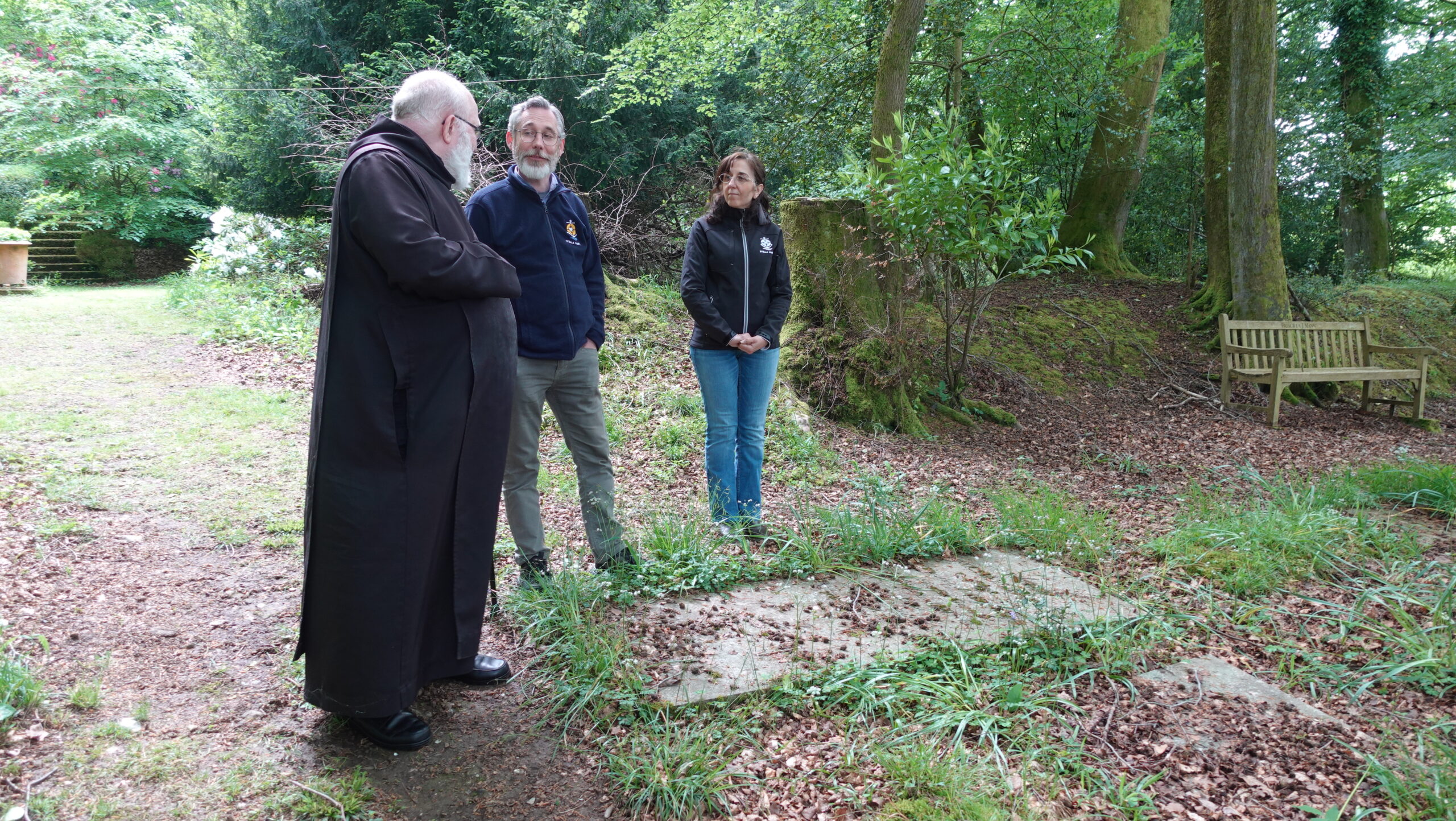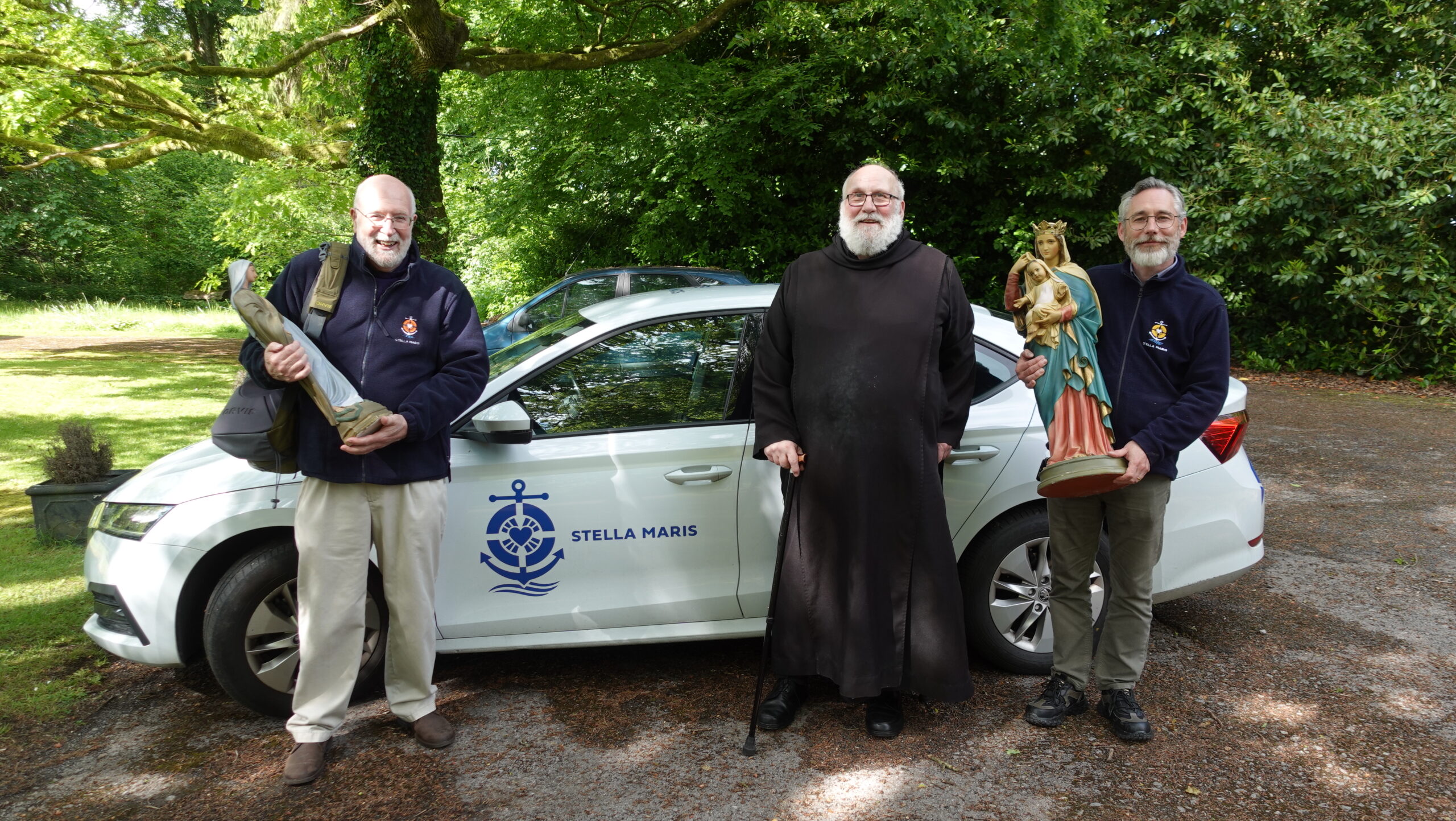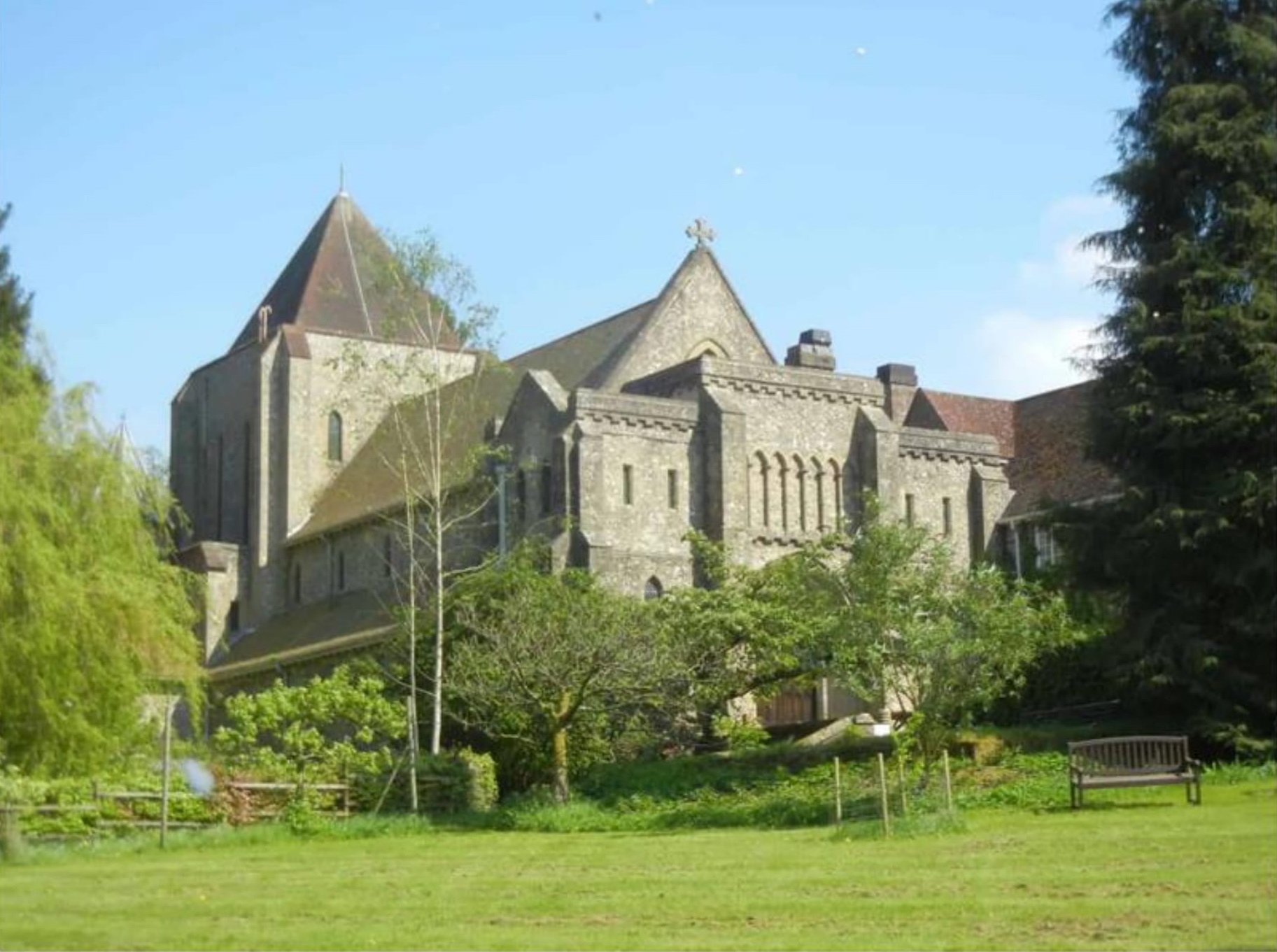The photos on this page show some of the work of the SFS over many decades.

History and Mission
The Seamen’s Friendly Society of St. Paul (SFS) has origins dating back to 1893. It was set up by the Anglican Order of Saint Benedict at Alton Abbey, Hampshire, to provide support to merchant seamen.
By 1900, the monastic community had gathered around them a group of elderly men who could no longer go to sea and ran a retirement home for them alongside the monastery.
For many years, the community provided accommodation and financial aid for destitute or distressed merchant seafarers and their chaplains. The Pensionary closed in 1989.
Community Support for Merchant Seafarers
Later on, the work of SFS was exercised principally through charitable grants, and its affairs were administered by members of the community.
A member of the community also participated in the business of the Merchant Navy Welfare Board, so as to ensure that SFS’ beneficiaries derived maximum benefit from available funds.
Masses for merchant seafarers have been offered and celebrated by the Community, including Requiem Masses for all deceased seafarers. The graves of over 200 deceased seamen are located in the Abbey Cemetery.
The community also offered an educational bursary at a Merchant Navy training establishment, as a memorial to Father Hopkins, the founder of Alton Abbey.
In 2024, as members of the monastic community were getting older and becoming fewer in number, SFS was wound up as a charity, and its reserves were transferred to Stella Maris. The SFS funds will be used by Stella Maris to support seafarers’ centres in Southampton and elsewhere and to provide grants to seafarers and fishers in emergency need. In this way, the strong legacy and impact of the SFS will live on through Stella Maris’ work.

